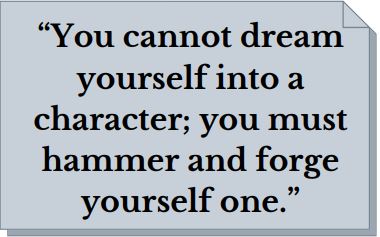Prospective Personality
PROSPECTIVE PERSONALITY

Last week we read there is no gene for criminal behaviour. Crime is learned, just like every other learned and observed behavior. And since baby Gabbar Singh learned from observation, what if he were put in an environment filled with love, compassion, trust, and kindness, what would have been the result of his upbringing?
Let us dwell deeper, by first understanding what are these environmental factors that impact the development of a child. It usually fits into many categories, but we will focus on 3 categories:
- Physical environment, the child’s home, the family, the bonding, the affection, neighborhood, the state.
- Emotional environment, which is how well families meet the child’s relational needs at home, the conversations, the emotional moments they share with their family and/or friends.
- Social environment, which is the child’s relationships, friendships with other children and people
Let us go step by step
We will begin with the effect of the Physical environment on a child’s development, which includes the physical surroundings they are raised in. If the living environment is cramped, noisy and filled with aggression and hurtful comments, our child’s personality will adjust to this aggressive environment and be affected accordingly. If the attention towards the child is divided (s)he may seek out alternative forms of attention which can lead to an emotional distance between the child and us. Similarly, unpleasant surroundings often cause children to block out or bury negativity, making them more introverted


One of the most important influencing factors on a child’s development is Us, ‘the child’s Family’. Irrespective of who is a child’s primary caregiver, the bonding ‘We’ provide at home helps nurture and protect our children both physically and emotionally.
Spend quality time with your children. Show affection and love, create a secure bond with them, that will help the children grow with secure attachment and confidence. Remember, our children are watching, observing, learning, what we say, and what we do, they also understand when we lie and when we are fake and then the best thing happens… They PRACTICE what they have Observed and Learnt from their environment……











Recent Comments